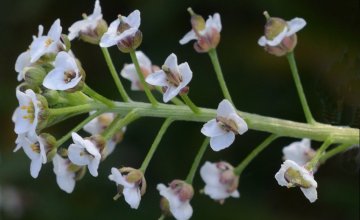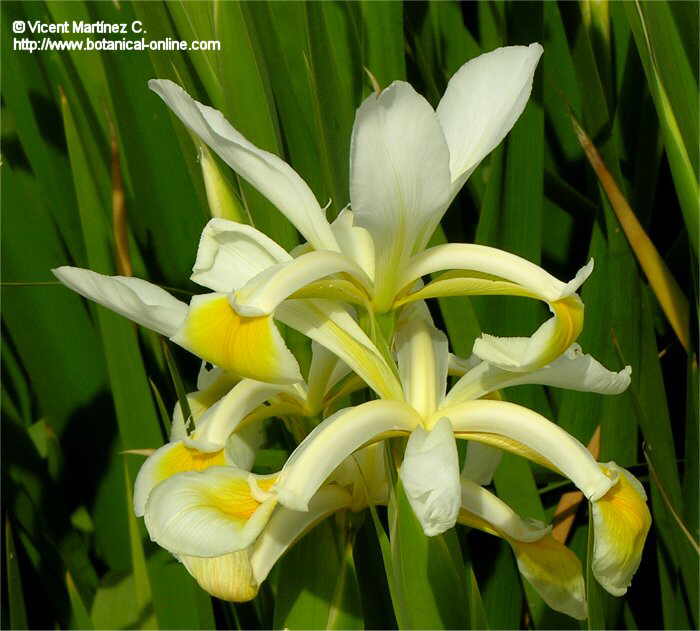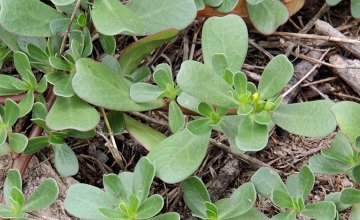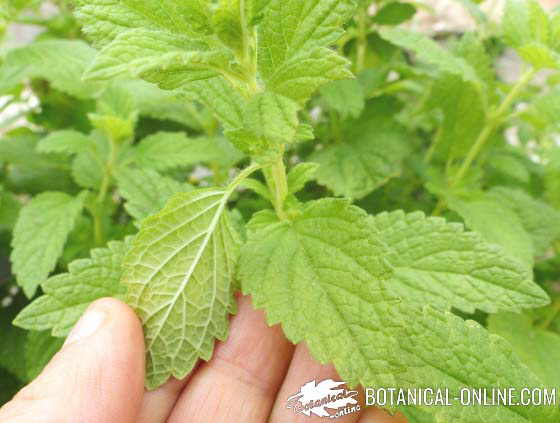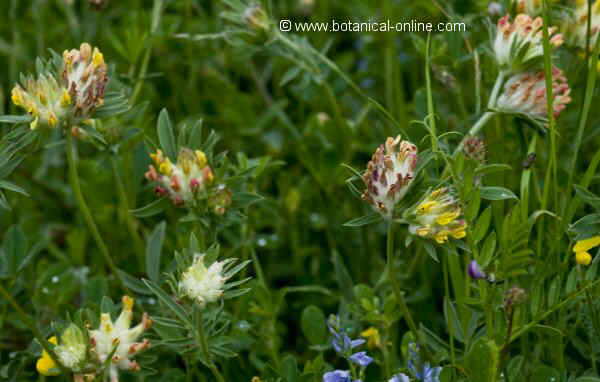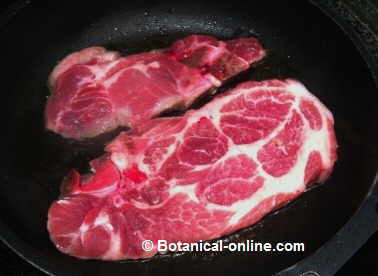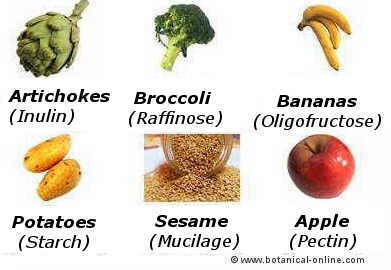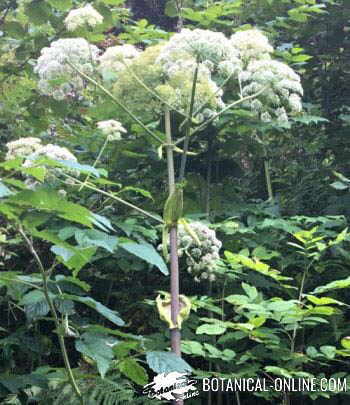Contents
What is a cassava plant?
Characteristics of cassava (=manioc, tapioca or yuca)
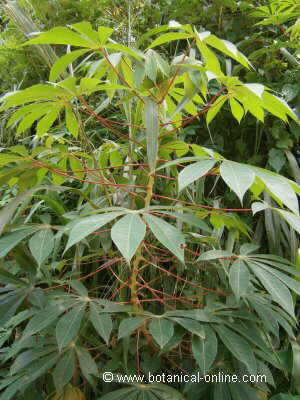
Cassava (Manihot esculenta = Manihot utilissima) is a plant of the Euphorbiaceae family, to which well-known herbs such as milk thugs (Euphorbia ssp.), widespread garden flowers such as poinsettia (Euphorbia pulcherrima) and others shrubs such as castor bean belong.
Description of the cassava plant
There are approximately 100 species of the genus Manihot, cassava being the most important of all because it is a very important food in many regions of South America. It’s basic in the diet of many peoples of the Caribbean.
Cassava is a perennial shrub between 1 and 3 meters high. They have thin stems that show the scars of their previous leaves. Its leaves, located in the upper part of the stems, are palmate-lobed. They can have up to 9 lobes and are somewhat reminiscent of those of the castor bean.
What stands out the most about the plant are its enormous tuberous roots, like those of dahlias or sweet potatoes, in number of 5 to 10 per plant. These can reach up to 1.2 meters in length and up to 23 cm in diameter.
From these roots, which are very rich in starch, a flour is obtained that is the main ingredient in the production of many dishes and beverages.
Not to be confused with another plant also called yucca
Cassava plant appearance
Since this plant is also known as yuca, it must be distinguished from the real yuccas (Yuca ssp.). They belong to the agavaceae family and are used mainly in gardening, although recently very interesting medicinal properties have been recognized.
Origin and history of cassava
Its origin must be located in the Northeast, Southwest and Central regions of Brazil and Mexico. From here, it spread to the main tropical and subtropical regions of the world (Africa, the Caribbean and the southern Pacific Ocean). It is believed that the ancient Mayans of the Yucatan were the ones who first cultivated it. The current species and varieties are derived from the primitive ones and have been formed after many years of selection by their growers.
![]() More information on cassava
More information on cassava

